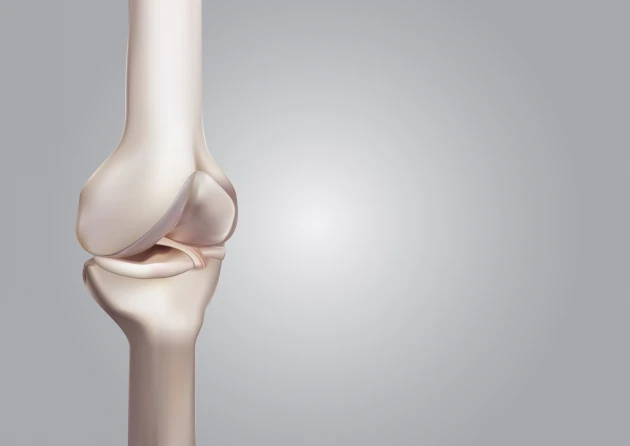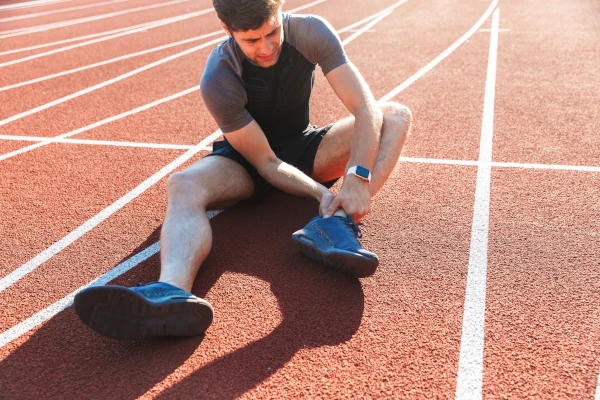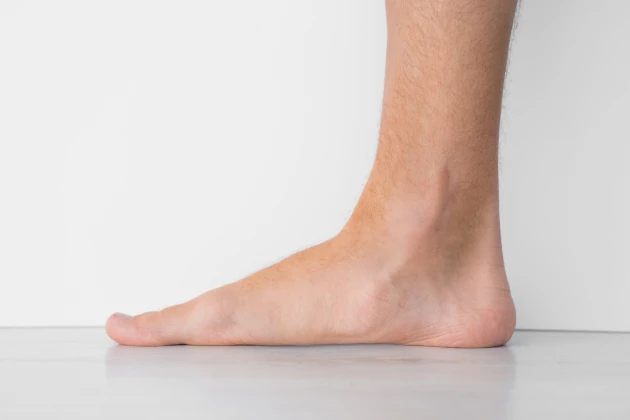
ACL and Meniscus Injuries: Symptoms, Treatment, Exercises and What to Expect After Reconstruction
- Dr. Deepika Rai (MPT)
Connect with our expert physiotherapist for personalized physiotherapy advice.
Introduction
ACL and meniscus injuries are among the most common knee injuries, especially for athletes and active individuals. A tear in either structure can cause significant pain, instability, and limit your ability to participate in sports or even daily activities.
In this guide, we’ll cover what happens when you injure your ACL or meniscus, how they are treated, what recovery involves after reconstruction surgery, and key tips to support your full return to movement.
Understanding ACL and Meniscus Injuries
The Anterior Cruciate Ligament (ACL) is one of the key ligaments that stabilize your knee, while the meniscus is a cartilage structure that cushions and protects your knee joint.
ACL tears often happen from sudden changes in direction or awkward landings. Meniscus tears frequently occur from twisting motions, sometimes alongside ACL injuries.
Common Symptoms of ACL and Meniscus Injuries
- A loud pop at the time of injury
- Rapid knee swelling within hours
- Sensation of instability or the knee GIVING WAY
- Pain with movement or weight-bearing
- Difficulty straightening the knee fully
- Locking or catching sensations, especially with meniscus injuries
Diagnosis: How Are ACL and Meniscus Injuries Confirmed?
- Clinical Examination: Special tests like the Lachman test or McMurray test performed by a trained clinician.
- Imaging: MRI scans help visualize ligament and cartilage damage clearly.
Treatment Options
- Non-Surgical Treatment: May be considered for minor meniscus tears or low-activity individuals.
- ACL Reconstruction: Replacing the torn ligament with a graft (often from your hamstring or patellar tendon).
- Meniscus Repair: Suturing the torn cartilage back together when possible to preserve joint health.
- Meniscectomy: Partial removal of the damaged meniscus if repair is not possible.
Recovery After ACL and Meniscus Surgery
Recovery involves multiple phases, each focusing on specific goals:
- 0–6 weeks: Protect the repair, control swelling, and restore gentle range of motion.
- 6–12 weeks: Begin strengthening exercises and regain normal gait patterns.
- 3–6 months: Build strength, endurance, and balance with progressive exercises.
- 6–9+ months: Advanced rehab, sport-specific drills, and testing before full return to sports.
Top Exercises for ACL and Meniscus Recovery
- Heel Slides: Improve knee flexion gently after surgery.
- Quad Sets: Activate the thigh muscles to prevent atrophy.
- Straight Leg Raises: Build early strength without stressing the knee.
- Mini Squats: Progress to strengthening through safe knee angles.
- Balance Exercises: Improve joint control and reduce future injury risk.
When Can You Return to Sports After ACL and Meniscus Surgery?
Generally, a safe return to sport occurs between 9–12 months post-surgery, depending on healing, strength, and passing specific functional tests. Rushing back too soon can significantly increase the risk of re-injury.
Preventing Future ACL and Meniscus Injuries
- Incorporate neuromuscular training programs that emphasize control and stability.
- Strengthen hips, glutes, quads, and hamstrings to support knee function.
- Practice safe jumping and landing techniques during sports activities.
- Wear supportive footwear suitable for your activity and environment.
- Maintain proper warm-up and cool-down routines during exercise.
Conclusion
ACL and meniscus injuries can be challenging, but with the right treatment, surgery if needed, and a dedicated rehab plan, full recovery is achievable.
Focus on regaining strength, stability, and confidence through a structured program to return to your active lifestyle safely.
External Link Suggestion:
➔ American Academy of Orthopaedic Surgeons – ACL Injury Guide
Connect with our expert physiotherapist for personalized physiotherapy advice.



